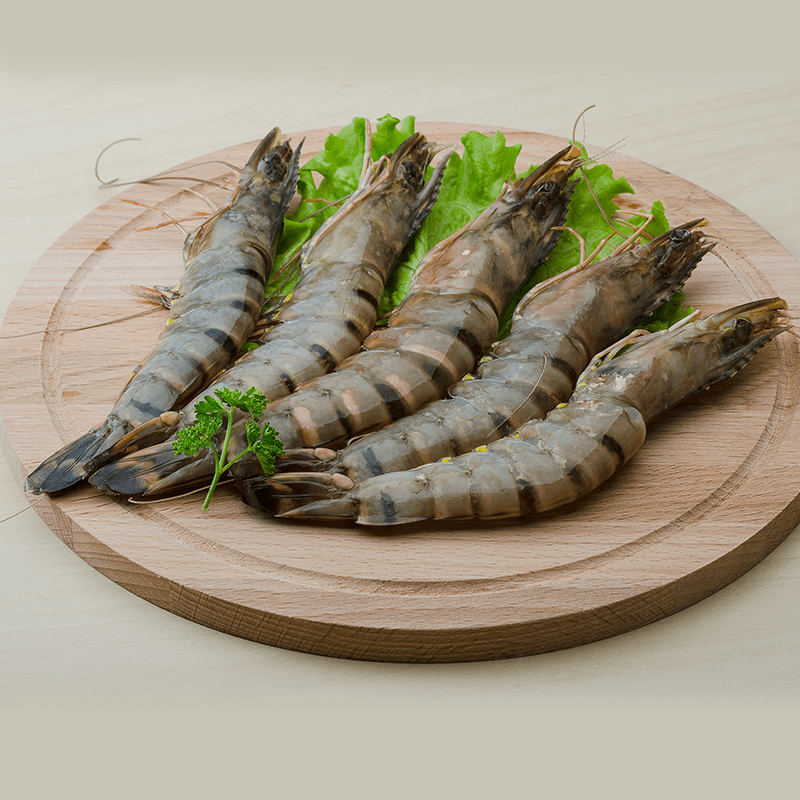Prawns are a popular type of seafood that are eaten worldwide. They are a marine crustacean with an exoskeleton and ten legs.
They are a good source of protein, selenium and omega-3 fatty acids. They also help improve heart health and are an important part of many cuisines.
Overview of Prawns as a Food Source
Prawns and shrimp are crustaceans that live in fresh or brackish water, often near the bottom. The two have different shapes and can be distinguished by their claws, which appear on three of their legs.
They are grouped into two types, smaller prawns and larger shrimp (or tiger prawns). Shrimp are generally cheaper than prawns and come in a variety of shapes and sizes.
These shellfish are a good source of protein, dietary calcium and vitamin B-12, which help build muscle, replenish red blood cells and provide energy. They also contain antioxidant agents that can prevent cancer and heart disease.
Culinary Uses and Traditional Dishes
Prawns are shrimp-like crustaceans with a brownish shell, usually 3-5 cm in length. They’re a favourite for seafood lovers and can be used in a wide range of dishes, both as part of a main meal or as an ingredient to accompany it.
They can be cooked in many ways, including poaching and steaming. Pan sauteing and frying are also popular methods for cooking prawns.
One of the most popular traditional dishes featuring prawns is a noodle soup called Hae mee. It’s made with a stock made from dried shrimp, plucked heads of prawns and other spices, then mixed with egg noodles and bean sprouts. It’s often served with fried shallots and spring onions.
Availability and Market Trends
Prawns are a type of decapod crustacean that is popular as a culinary ingredient. They are a source of high protein and healthy fats, as well as vitamins and minerals.
Shrimps are also an excellent source of protein and fatty acids. They contain Omega 3 fatty acids that are beneficial to the heart and reduce the risk of cardiovascular disease.
They are also rich in Vitamin D and calcium. They can be cooked in a variety of ways.
Shrimps are a staple in many cuisines, and they are widely available in grocery stores and specialty markets. They are also easy to prepare at home. However, they can be expensive.
Health Benefits and Concerns
Prawns are a highly nutritious seafood, providing a variety of essential nutrients and vitamins that can benefit your health. They are high in protein, vitamin B6, omega-3 fatty acids, iron, phosphorus, zinc, and magnesium.
They are also a great source of calcium, which is needed to build strong bones and teeth. They are also rich in selenium, which helps prevent cancer and reduces your risk of Alzheimer’s disease.
They are also low in fat and contain antioxidants like astaxanthin, which can protect your heart and lower your risk of certain diseases. These nutrients help fight free radicals that can lead to heart disease and other problems.
Sustainability Issues
The harvesting of prawns and their consumption are a source of environmental concerns. These concerns include global warming potential (GWP) and nutrient pollution.
The farming of prawns, or aquaculture, is one of the fastest growing food production systems in the world. However, WWF estimates that this sector causes a range of negative environmental impacts.
A major concern is the impact of shrimp fishing on mangrove swamps. These habitats are essential for the survival of many marine animals. The destruction of these ecosystems leads to the spread of disease and the decline of genetic diversity.

